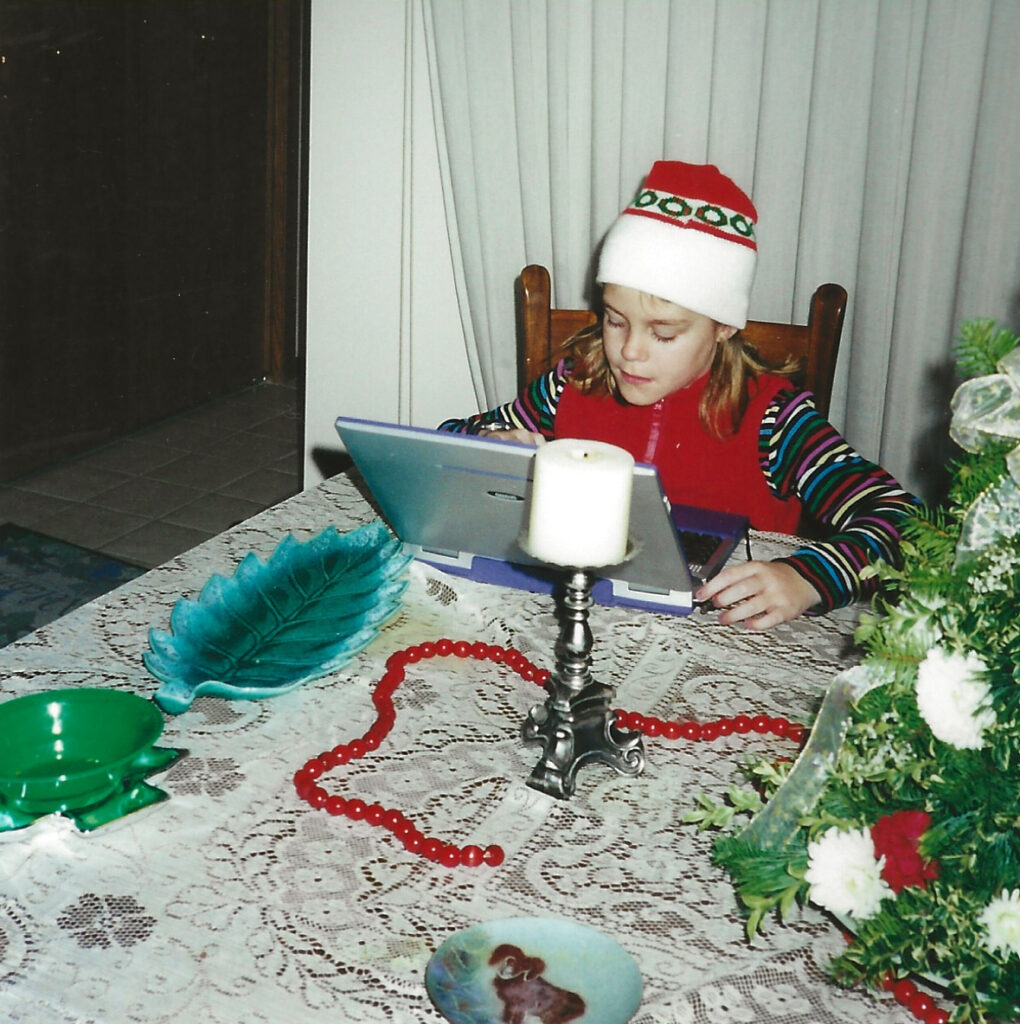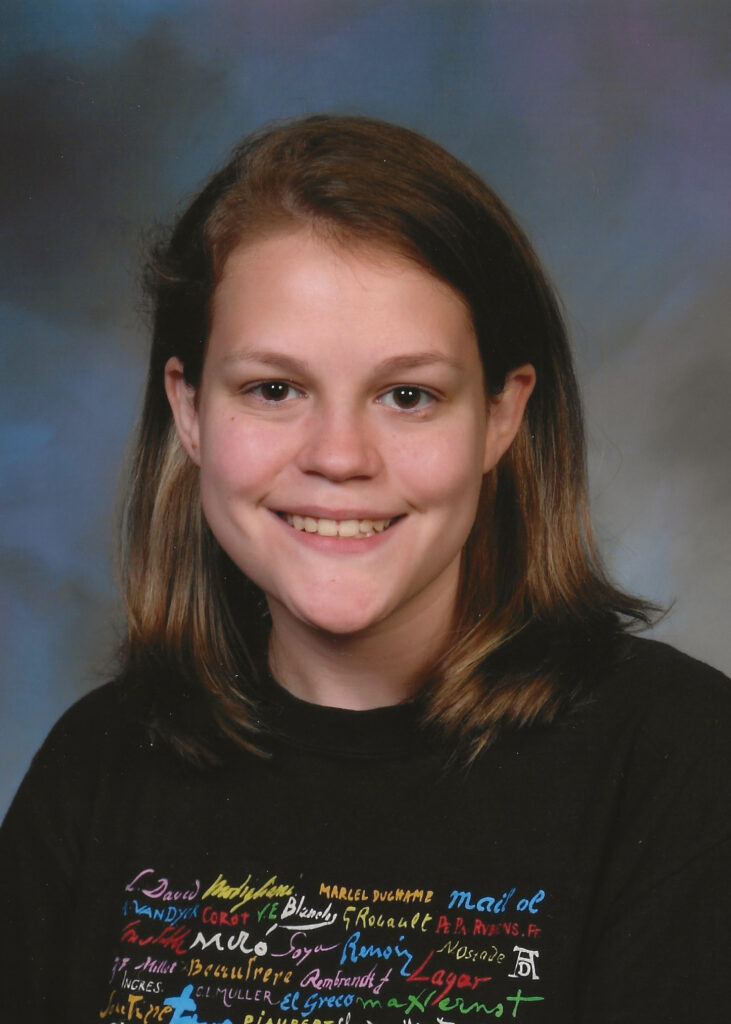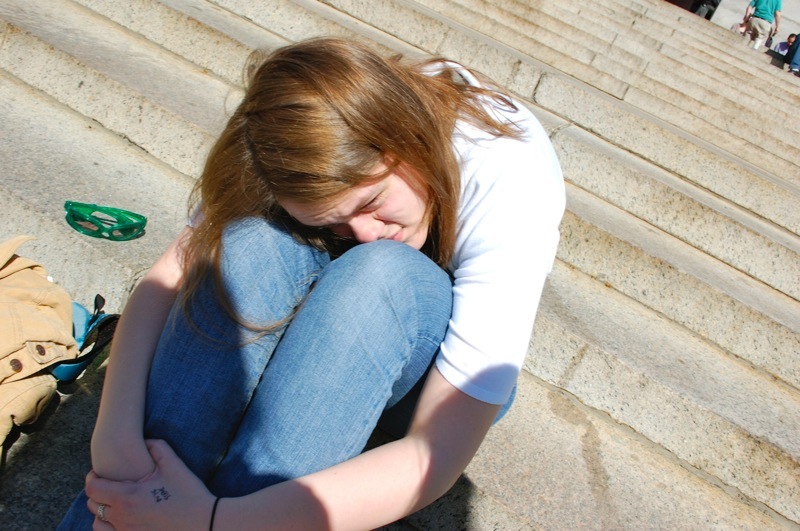Story time!
My childhood felt perfect.
I did piano, ballet, gymnastics, Girls On The Run, and church activities. I had weekly play dates and rode bikes with neighborhood friends. In the summers, my mom signed me up for day camps and gave me books to read. At home, I played with my American Girl dolls, perfected the art of the AIM Buddy Profile and played with the beloved family golden retrievers, Rudy and Peaches.

I was a dramatic little girl. I craved attention and cried often but I wasn’t unhappy, I was just Shannon.
I would often find myself in my mom’s office or at her bedside complaining about muscle aches or headaches. It was a simple and quick treatment—a medicine cup of Children’s Motrin, what I’d lovingly dubbed “Baby Medicine” as a toddler. Mom voiced her concerned about my “growing pains” to doctors at my check-ups but they looked at me and said I was just fine.

When I was 10, I experienced my first gastrointestinal flareups. My mom has IBS and her mother’s instinct diagnosed me at flare #1. By my second flare up, I was on the waiting list to see the best pediatric gastroenterologist in the region. A few months later, after all sorts of poking and prodding and blood drawing, I was diagnosed with IBS and we started trying out which treatment would work best with me.

I turned 11 and was determined not to miss out on anything, regardless of the IBS, fatigue, body aches, and my newest diagnoses, depression and anxiety. My family moved to Baltimore then back again to the region we left in Virginia and our homecoming wasn’t as easy as we’d hoped.
We added tachycardia and ADHD without hyperactivity to my list of diagnoses and I kept going.
P.E. got more difficult, especially in the middle school where I had trouble making friends, full of kids who liked making snide comments at the expense of the less athletic. I remember some of the limbs of my body falling asleep when I would do cardio and having out-of-body experiences. I stopped telling my teachers this, because they told me all they could do was send me to the nurse. And the nurse gave you three options: take Advil, call your parent to go home, or go back to class.
My mom took me to multiple specialists who all ran the same tests and told me my heart was structurally sound, as was the rest of me, and theoretically I was fine. One of them said my extra weight was to blame for all of my problems.

When I reached high school, my P.E. teachers followed my mom’s instructions to allow me to pace myself, although that was next to impossible in team sports. The most fun I had in P.E. was freaking out my teachers by listing all of my symptoms when they asked how I was. One of them panicked when they saw my heart rate steady at 170 on an exercise machine and asked if I was OK.
“Yeah,” I told them. “This is my normal.”
And of course, the symptoms didn’t go away when I finished my P.E. requirement for graduation.

No matter how healthy I was, (the weight the old cardiologist blamed my issues on disappeared with puberty), how active I was, how great my meds worked—the fatigue was always there. Some of that was in part due to the fact that I woke up every day at 5:50 a.m. to catch my bus and that I could never fall asleep until 11 p.m. or later.
There was another fatigue that I couldn’t shake, not even in the summer when I got plenty of sleep. And I was also constantly vulnerable to muscle aches, to back aches, to the tachycardia.

I graduated from high school and had my pre-college doctor’s check-up (aka a meningitis shot and a sex talk). When the doctor asked if I had any other concerns, I told her about the fatigue and body aches and she reviewed my charts, saw I was on anti-depressants and without asking me how my mood was, she told me my meds weren’t working and to see my psychiatrist. At the time, my mood was very stable. I was thinking clearly and getting a lot done in therapy. I pressed her again, but she said there wasn’t anything she could do for me. I had no faith in ever getting better.
I was a star student my first semester of college—I got a job, never skipped class, and was invited into multiple honors programs. By the time spring semester rolled around though, I started sleeping through classes. First, just because I was tired, and then, because I was getting headaches that blurred my vision and made me too dizzy to get out of bed. And despite going to weekly group therapy through the counseling center, my depression was spiraling.
My primary psychiatrist saw me over spring break and medically withdrew me from school. I remember crying for hours, blaming myself, calling myself a failure. My family carried me through it.
I went home, doubled down in therapy, and made my well-balanced mood my top priority. I got my dream job selling computers, a position that required non-stop standing.
The first few weeks, my back and feet killed me. But my solution was always simple: I’ll just get better shoes. I’ll just take more Advil. I’ll eat more protein on my breaks. I must’ve broken myself into submission within a month because for a while, I was great. I was exhausted, but I existed on the Rewards System. Get through this shift, buy yourself a soft pretzel or get Orange Chicken for dinner. Get through this week, buy yourself a hoodie. Get through this month, have your friend come visit you.

But at the one year mark from leaving school, things started falling apart again. I was having trouble learning new material. I had issues balancing when I had to climb ladders to get new stock for the sales floor. I was forgetting names. My hands shook more than usual and my head ached.
My managers were kind and offered to let me come back once I got better, but at that time, I didn’t know if I ever would be.
I went to see my psychiatrist, my doctor of 10 years. We talked, and he sat back and thought for a minute.
“I think you have POTS,” he said.
He probably went on to explain what it meant and what the classic symptoms were, I don’t really remember. To be honest, I don’t remember which of his offices we were even in. I remember being in shock that he was putting a name to this elusive monster that had been tormenting not only me but the people taking care of me since I was a child.
I remember him saying things like, “you’re too young to hate exercise this much,” and “there’s something real going on here.”
And there it was. Validation. There was something wrong with me all along.
“Now I need you to find me a cardiologist who’s going to be my ally,” he said, much more serious than he usually was with me. He knew how difficult that task would be.
Mom and I took his command to heart. We did research and tried out a few doctors. One doctor was young and funny and diagnosed me with only a poor man’s tilt table test but said any medications he’d prescribe would compromise the efficacy of my anti-depressants. He said the only solution was exercise.
I was game to try anything but after six months, I wasn’t seeing enough results and he wasn’t willing to try anything else.
My current cardiologist is a sweet man who always has a story for me and scoffed at the previous doctor’s treatment plan.
“That’s how your grandma treats POTS. That’s no way to treat POTS. No, no. We can get you something to help you, Shannon.”
He started giving me every test under the sun, including the formal Tilt Table, the POTSie rite of passage. (#hungergamesalute to anyone about to go through it.)
Since that initial Tilt Table 10 years ago, we’ve tried medications and exercise plans and have run so many tests and we’re still working on it—but chronic illness is a marathon, not a sprint.
I still have a million questions but more answers, more plans, but I’m way less alone.